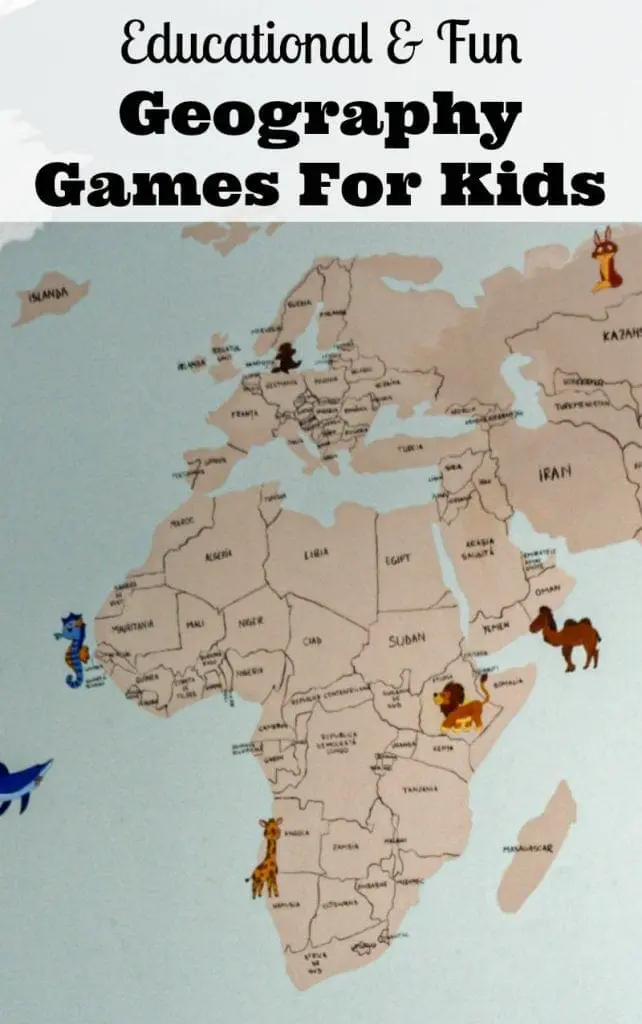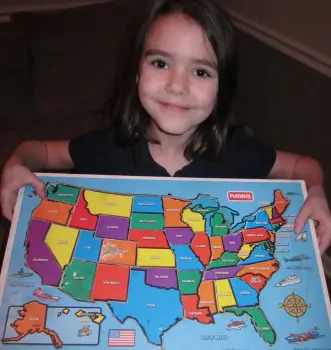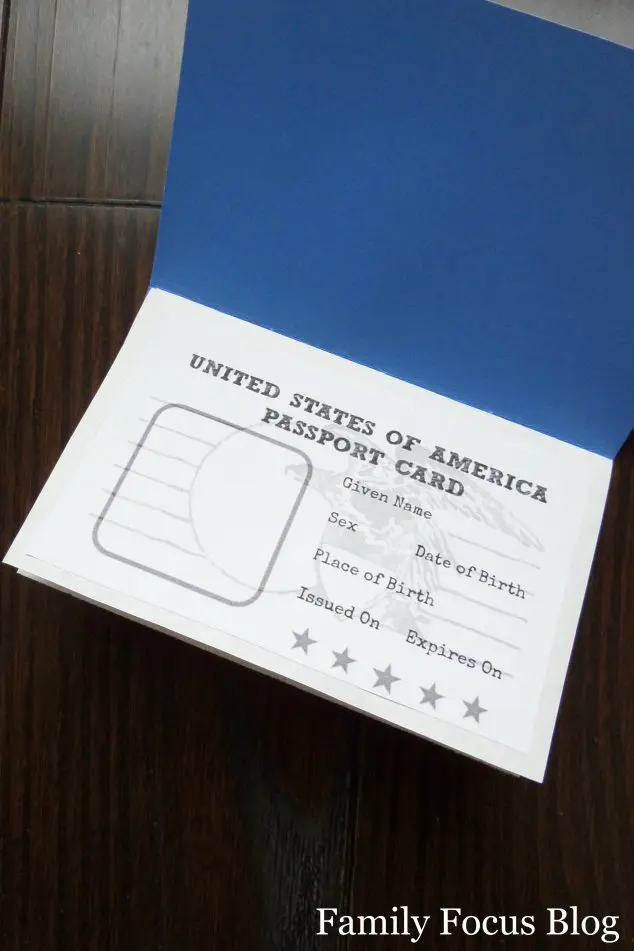As many as one in five American children are incapable of finding their home country on a map. There still isn’t a dedicated geography course for children within the US, but educators are starting to put a greater emphasis on geography in order to rectify the situation. This involves finding ways to measure progress that are compatible with how young children reason, and finding ways to connect geography to other disciplines in a way that’s compelling. With a little effort and cooperation, parents and educators can teach kids geography and ensure that kids grow up to become geographically literate adults. Here are some fun educational geography games kids will enjoy as they learn more about their world.
World Geography Games Kids Will Enjoy:
Geography Puzzles
My kids love geography puzzles. They really help a child understand the shape and placement of each state and often to visualize an important product from each state (depending on the puzzle). USA puzzles are a great place to start and then world puzzles are a great next step.
Drawing Maps
Drawing maps can be turned into geography games kids will enjoy. One of the easiest ways to measure progress is to have kids draw maps of the entire world from memory. This should be done at the beginning and the end of the school year. Geography is in many ways a visual discipline. Children who are encouraged to map out spaces within their heads will likely grasp key concepts more easily than those who are asked to memorize lists of locations. Make it fun by challenging them to draw a map of the United States against you or a sibling and see whose map turns out better. Then afterwards, they can refer to real maps and make improvements and they just may want to hang them in their rooms.
Put Maps Everywhere
A child should always have access to maps whether they are hanging on the wall or there is an atlas on the nearest bookshelf. My daughter got a globe for her sixth birthday and she spends some of her spare time spinning it and looking at the countries. Exposure breeds familiarity and it can also breed curiosity. In some cases merely stoking the flames of a child’s innate desire to learn is enough to improve his performance and teach him what he wouldn’t learn otherwise. You can sit next to a map and challenge each other to come up with the capital of each state. Whoever gets the most capitals correct wins!

Make Locations Real to Children
It’s one thing to talk about China. It’s something altogether different to discuss Mandarin and it’s unique properties compared to English, and to show kids pictures of city streets and how they’re laid out from above. Some kids learn more easily when they can connect people and culture to places, and they have more of a reason to remember where countries are if they possess supplementary knowledge about why they would or wouldn’t want to go there. There are monthly subscription boxes such as Little Passports that come with geography games kids will enjoy and make this easy. Or you can take trips to the library together and find cool fun books on a place your child wants to learn more about. Then you can read together, find recipes to cook together, and ask each other questions about the place to see who remembers the most facts.
Challenge Kids to Design Countries
The easiest way to grasp why maps are structured the way they are is to create one. Try creating detailed and less detailed maps. Some may just outline countries while others may account for roads and major structures. When children understand the processes that map creators go through, it’s easier for them to understand what someone else has created. You may just find out that you have a little map maker on your hands. If you want more ideas for this, you can read these map design tips.
Show Changes Over Time
A country’s borders aren’t static, and neither is its population or the layouts of its towns, villages and cities. This has the added benefit of tying into history. Some children have an easier time with names, locations and dates when they can piece together what the environment may have looked like during the era they’re studying. You can get 5 maps of the same area and challenge them to put them in the correct order. Getting a chocolate for each correct map in these geography games for kids is sure to give them motivation.
Travel or Do A “Travel” Project
If it’s possible to travel, taking a child to see different places is the best teaching tool! Travel can be a luxury that not every family can afford but with this world geography kids craft– every kid can travel in their mind. Encouraging him to think about the places he’d like to visit makes a great substitute. It also provides all the more motivation for him to excel both in school and in life.
Hold a Geography Trivia Night
Get together with some friends and test your geography knowledge! This is a great excuse to have a fun gathering and bond with family and/or friends. Here’s how to gear trivia questions toward geography!
Geography Board Games
There are lots of fun geography board games for kids to play as well. Here are a few of our favorites :
- The World Game (affiliate Amazon link)
- Continent Race
- The Scrambled States Of America
- Trekking The National Parks
- Race Across The USA
- Ticket To Ride Europe
Conclusion
Be involved. Kids always learn better with a hands-on approach. Activities like cooking international cuisine with their parents or celebrating cultural holidays can do wonders for a child’s capacity to understand the world beyond his home. What are your favorite geography games kids will enjoy?
Related Posts:



Robin (Masshole Mommy) says
We have a US states puzzle and I know my 3rd grader is working on learning the states & their capitols in school.
Jacqueline says
Great advice. Kids AND their parents need to be geographically literate.
Meryl van der Merwe says
There are also great online websites and apps like Stack the Countries that make learning geography fun. Reading novels set in foreign countries is another way to introduce children to different cultures and places.
Scarlet says
Great ideas!